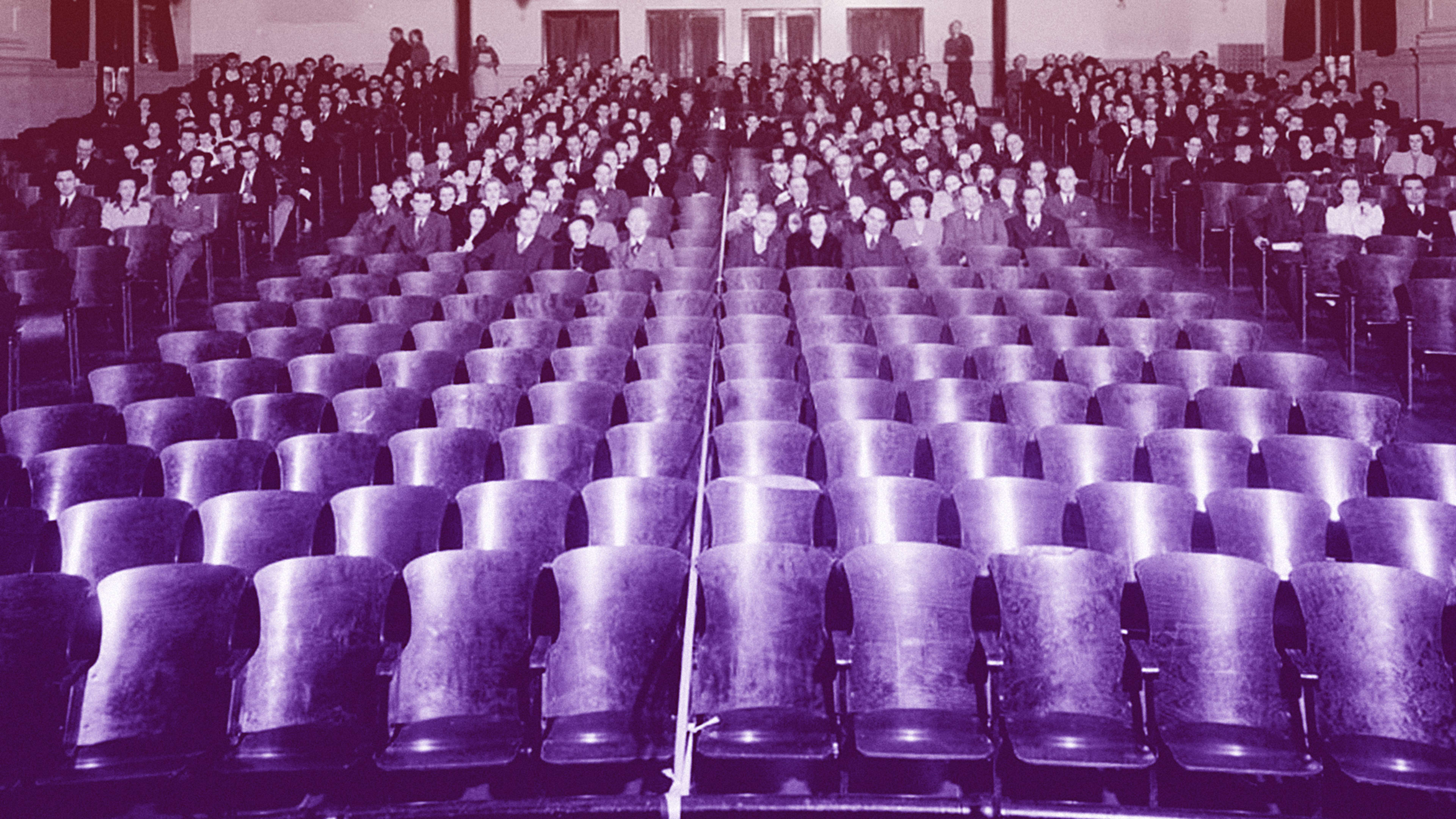Whatever you think–about anything–you’re not the only one. That’s what happens when you’re one of seven billion. There’s a lot of other people just like you.
Except for the fact that there’s no one like you. You’re unique. Your DNA, your experiences, your environment have all combined to produce a singular being, unlike any other the world has ever seen.
This essential contradiction is at the heart of modern business. How to reach mass audiences, one individual at a time, with communications that create emotional experiences–the prerequisite of consumer engagement. The most important brands of today do all of this well.
They also understand that the internet has given the consumer’s voice enormous power. We now decide in real-time what happens in culture, providing instant feedback to the worlds of art, fashion and entertainment. In this maelstrom of possibilities, the very best brands have learned one more thing. It’s not enough anymore to be ‘relevant’. The most successful businesses have figured out what it takes to be important.
I’ve spent most of my career working intimately with brands that are leading the Internet age. In my experience, they exhibit three superpowers that make them important in the eyes and hearts of consumers.
Point of view
They see the world through a carefully focused lens, using it as the filter for every single decision from managerial, to marketing, to UX and customer experience. The result is brand behavior that is authentic and consistent.
Who stands out: Airbnb
Not only do they have a point of view, they’ve assigned their values to it. It begins with what the founders say, “The minute people start talking about job titles…over changing the world through connecting people via local and authentic travel experiences, we know that they are probably barking up the wrong tree,” and extends through the product experience. At every step they are managing, designing and behaving in ways that are consistent with their point of view and values.
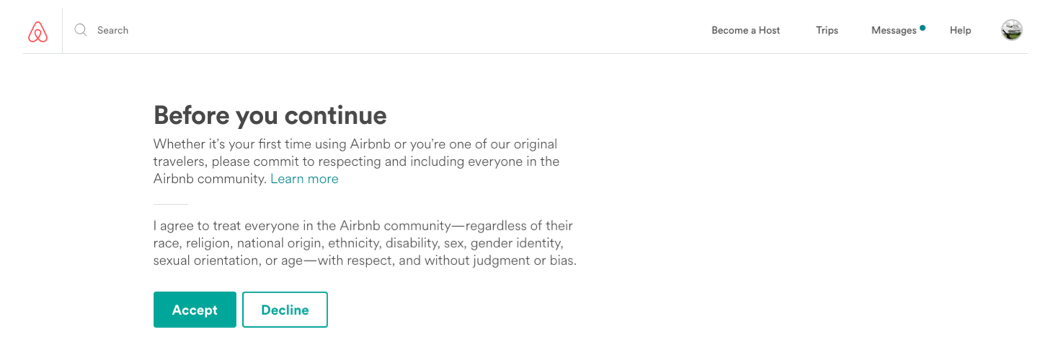
They stay true to the way the see the world in marketing into how they’re different and are unafraid to present a clear point of view that strongly attracts people who are a fit for their brand and repels those who aren’t.
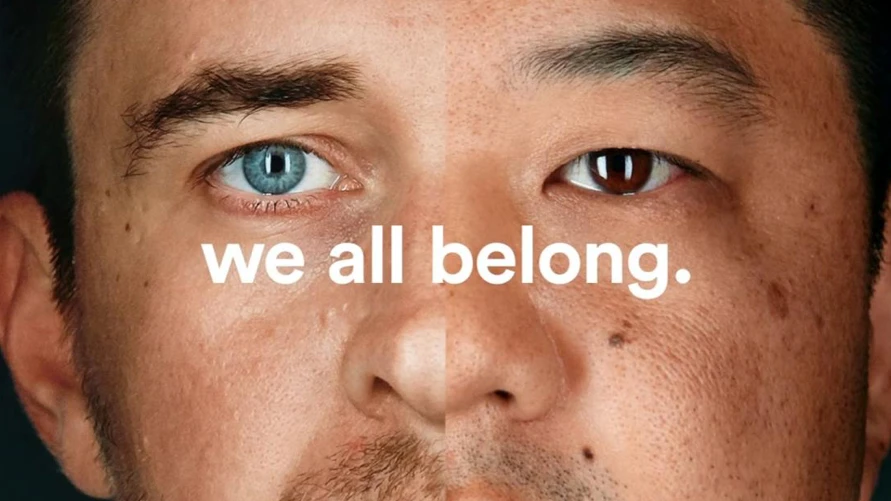
This combination creates memorable moments for us with them and, ultimately, a true connection, which leads to loyalty.
Empathy by Design
Thanks to GE’s marketing chief Linda Boff for helping me coin this one. Brands that matter to us are sensitive to our entire experience, and combine data and creativity to ensure that each consumer connection point is easy and satisfying.
Who stands out: Glossier, Ikea, REI
I see four tenets that are consistent across important brands. First, be beautiful and easy to use. No matter what your business model, this is now table stakes. We no longer disassociate brands from our experience with them. If Lyft, Instagram, and Amazon make it easy for us to instantly solve a problem or satisfy a need, we expect the same from every other brand. As consumers, we’re less forgiving than ever before of brands that are clunky and difficult to use.
Second, anticipate me. Data provides the ability to identify patterns of behavior that can become predictive of future wants and needs. It’s the early warning system that tells a brand when it’s strayed from the things that matter to its audience. Even better, it’s developed at every moment of the customer life cycle. A great, modern example is Glossier. The brand was quite literally built in real-time. Data from its blog Into the Gloss, informed the idea for four beauty products that launched on Instagram, not a website. Comments and communications informed product refinement and future development. But what’s more is how the brand approaches the customer. Their entire approach to connecting with consumers is connected. In fact, they’ve fashioned a new form of lifestyle that’s part of your whole day, from use of the product, to email communications, to event invites, to brand swag, to social interactions. With so much of the consumer experience now digitized, data from each step informs the next in powerful, insightful ways.
Thirdly, be agile with your ability to create content and connection moments: If data helps you identify important moments, an agile creative and content machine amplifies those moments so your brand is participating in cultural dialogue and staying important, in real-time. Within a week of Balenciaga launching its oversized, bright blue tote, IKEA posted playful creative to help consumers spot the original. Ikea’s agency Acne put it well, ” It’s [the Balenciaga bag] unexpected and brilliant. I like the flirt, and I thought, ‘Why not flirt back?’ And we did.”
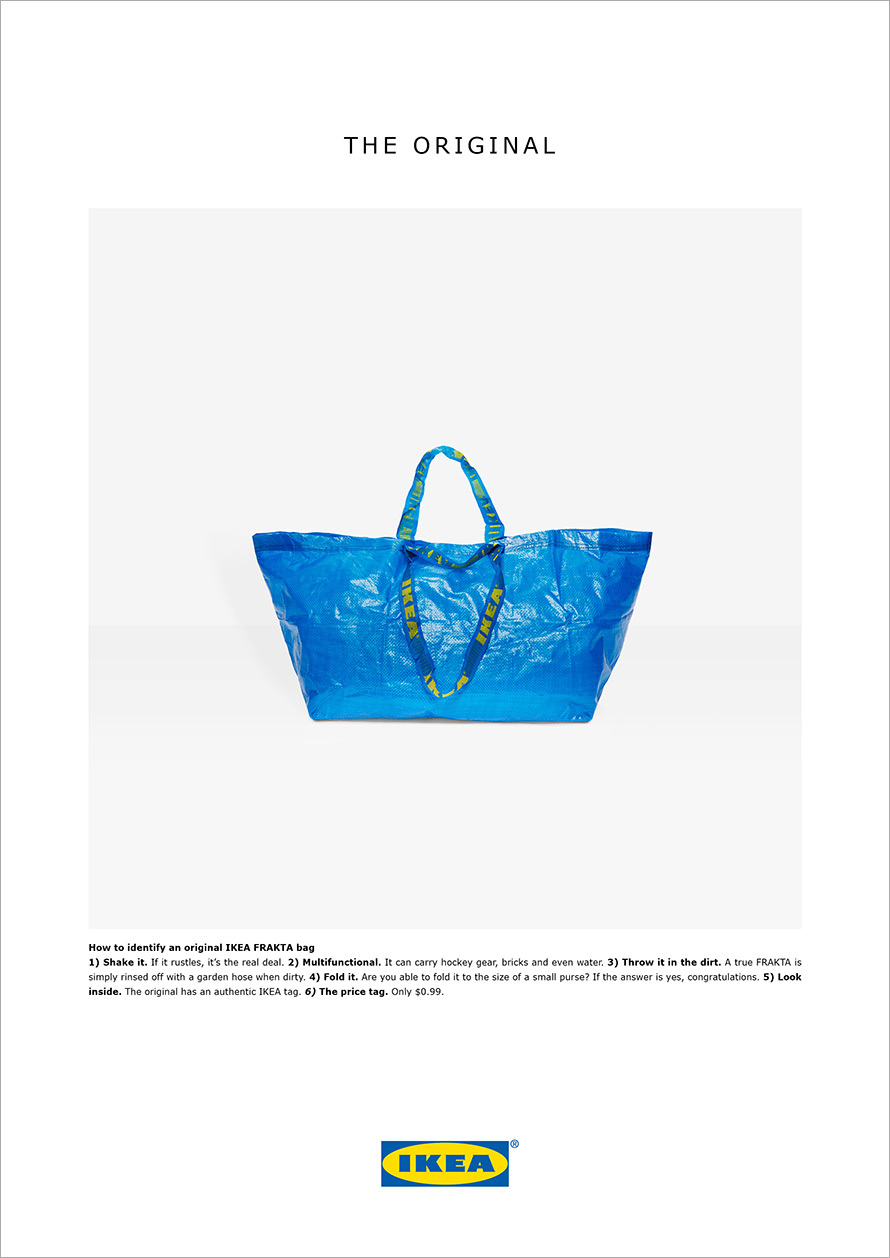
And fourth, have guts. It’s easy to use data to turn up the short-term effects on sales. But research shows that while response campaigns focused on the latest deal drive short-term, addictive results, they ultimately degrade performance. A combination of both brand and response drives the best long term profit growth. But it takes guts, do you have it? The people at REI do. They chose a powerful e-commerce moment in time to make a brand play by refusing to open on America’s biggest shopping day, Black Friday, and encouraged people to spend time outdoors via their award-winning #OptOutside campaign. Sales were not only up over the previous year in store, but they saw a big increase in digital sales, over 1 million people engaged in the campaign and another million joined their co-op program.
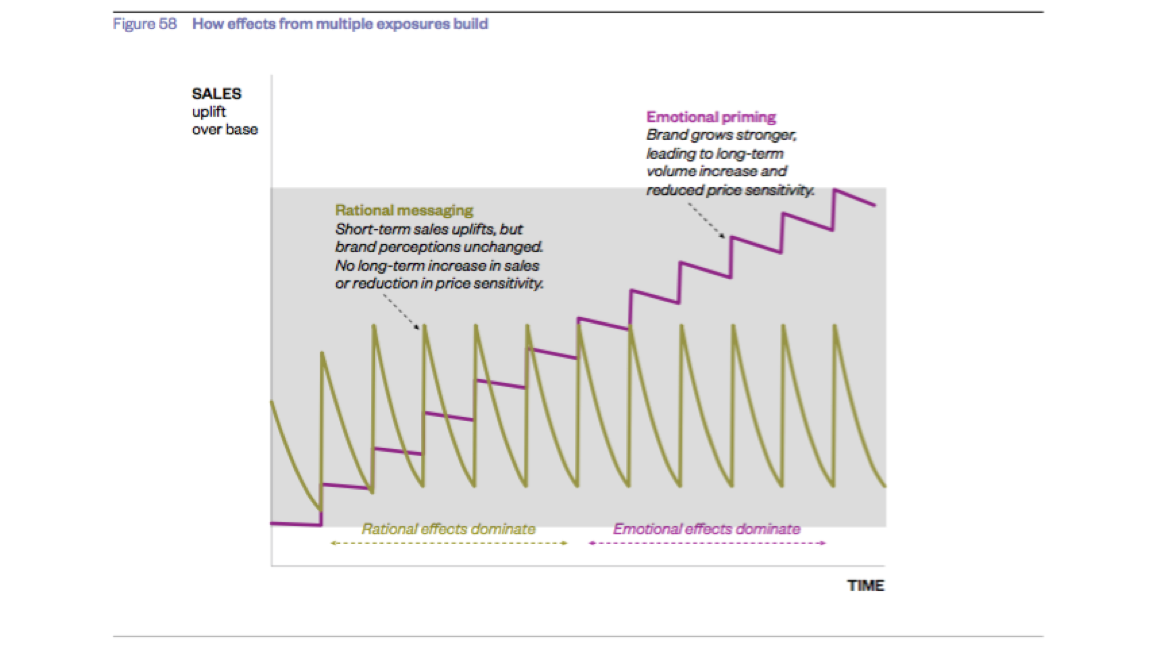
Human First, Everything Else Second
Connect to cultural ideologies that are current, loaded and strong. Think in terms of being ‘Tribal’: a powerful connection that bonds consumers around an idea through its root in shared passions and beliefs.
Who stands out: Outdoor Voices, Off-White
There are two aspects of this that I see. First, is building tribes. Nike’s idea of human potential evokes something powerful that rallies people, tribes, around their brand. Equally interesting is its new, upstart competitor, Outdoor Voices. Their founder thinks about taking an intimidating product category dominated by celebrity endorsements and making it human, building physical community around the digital brand through involvement in real-life events and approaching the brand with ease and delight. One of the central pivots that modern brands make is their choice to build authentic community around their brands instead of investing in paid celebrity endorsements.
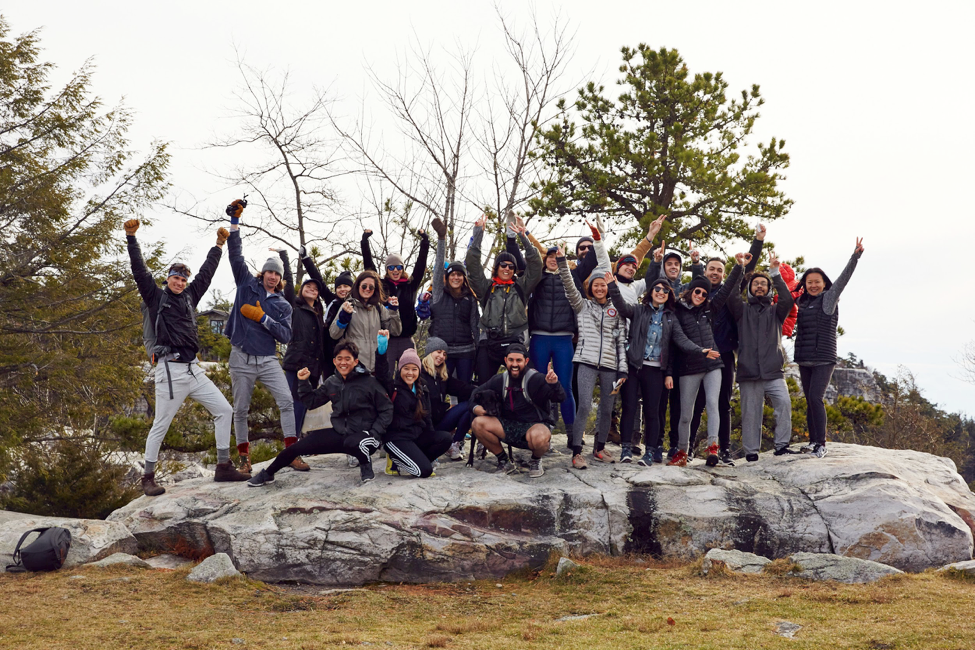
Second, be an active part of culture. Kanye established this focus when he said, “Listen to the kids bro.” But, today there is a new guard of designers that are 10X’ing this approach. His longtime creative consultant, luxury streetwear designer Virgil Abloh, put a finer point on it when he said, “The consumer is already dictating what they prefer.” He approaches his label Off-White through a massive reversal where the street dictates and affects the market. Last year his sales were up 100% year over year.
Point of view, empathy, humanity. Ironically, being important in the Internet age actually requires being more human than ever. Amidst an endless number of tools and technology, being a student of how people connect is a North star that never gets old. The most important brands to us today, and always, make this their religion.
Christina Cubeta is a brand advisor for companies who live at the intersection of creativity and data. She’s a former global vice president of marketing for Quantcast, global director of marketing communications for Tribal DDB Worldwide, and North American public relations for Emanuel Ungaro.
Recognize your brand’s excellence by applying to this year’s Brands That Matter Awards before the final deadline, June 7.
Sign up for Brands That Matter notifications here.
